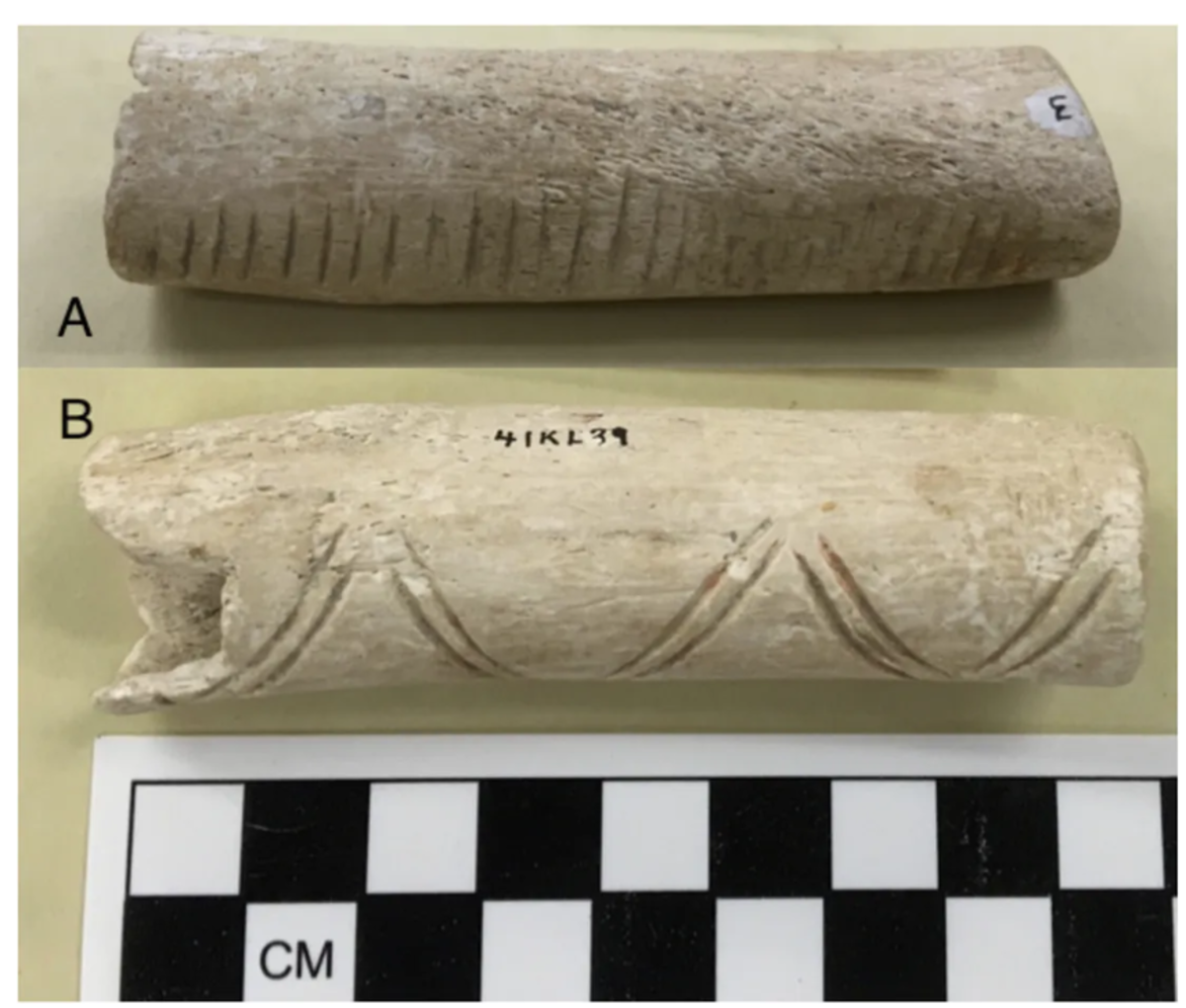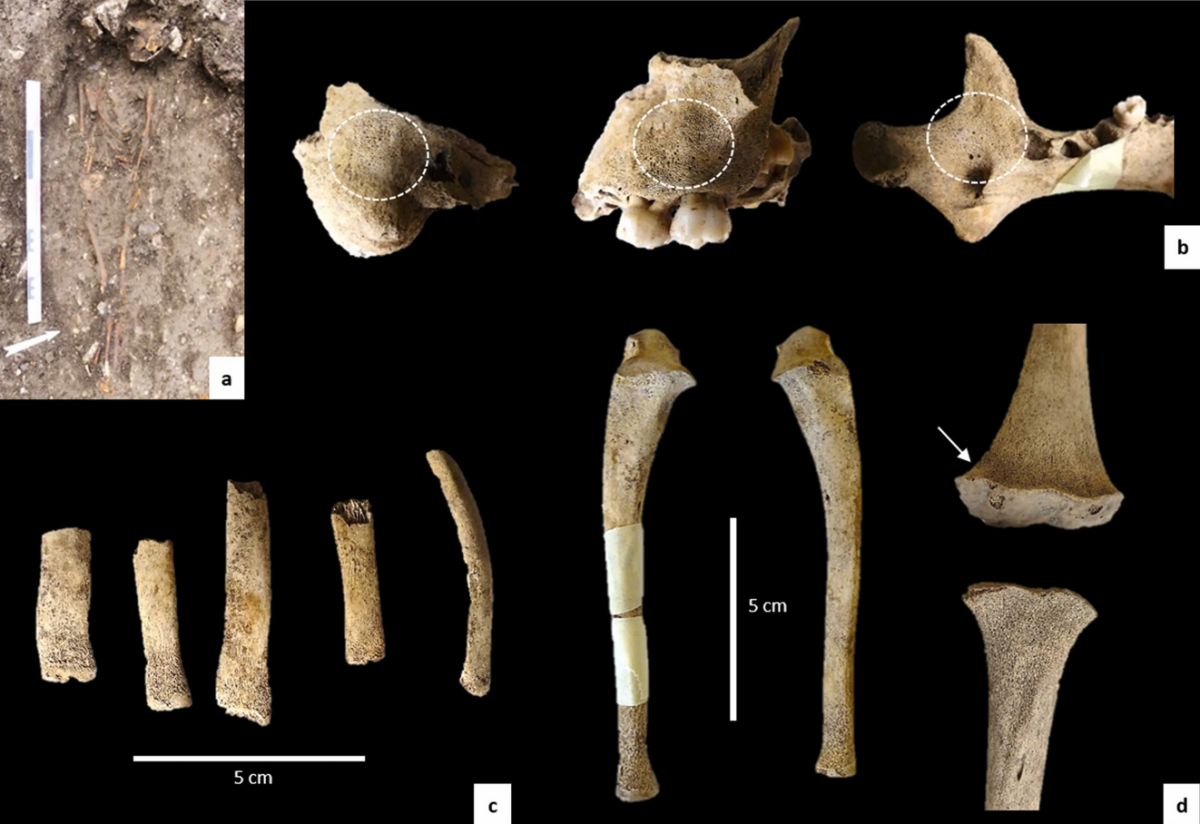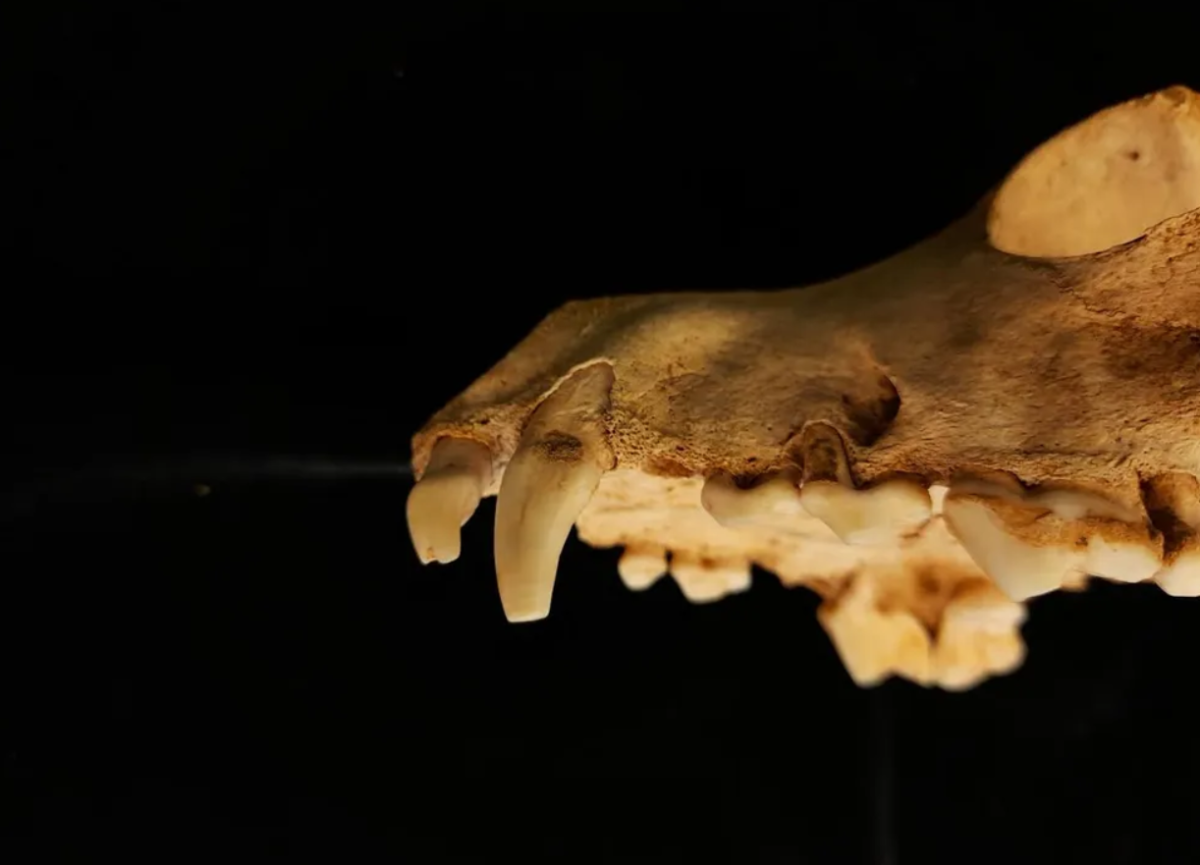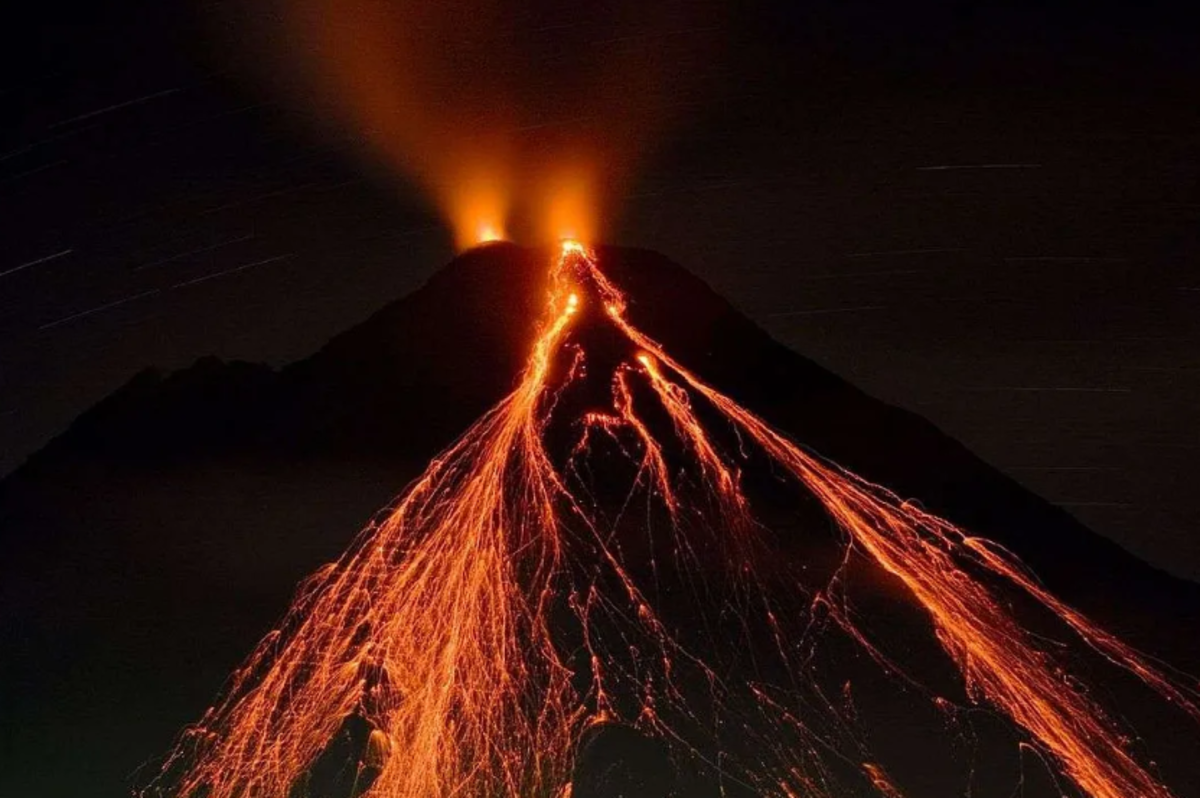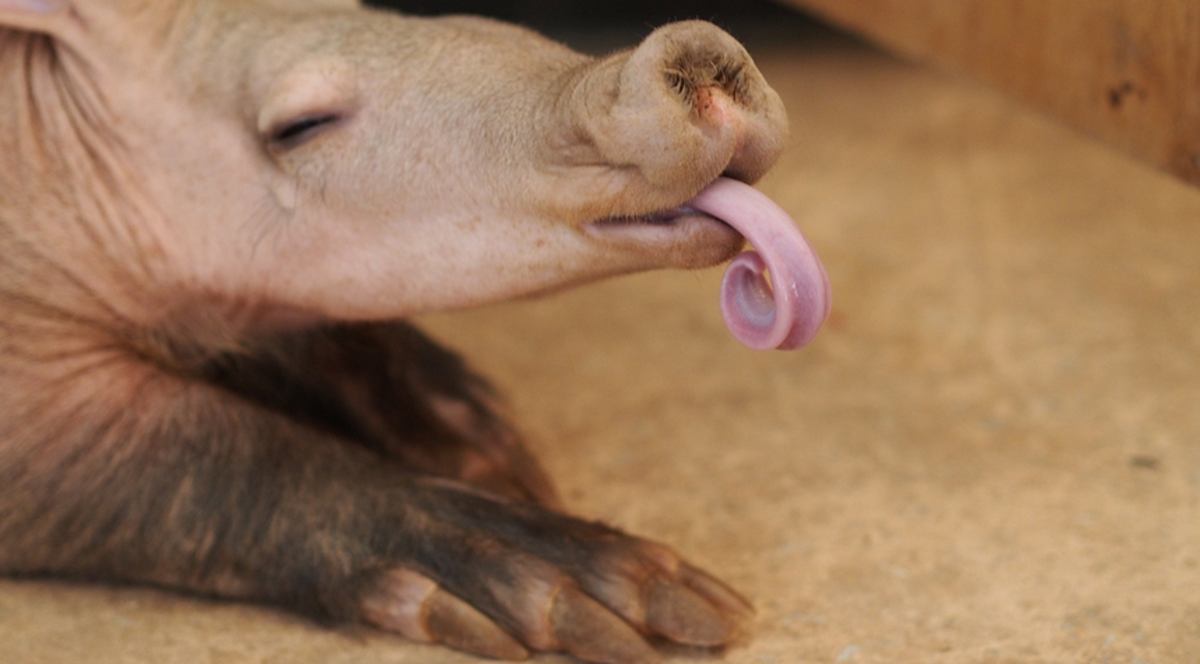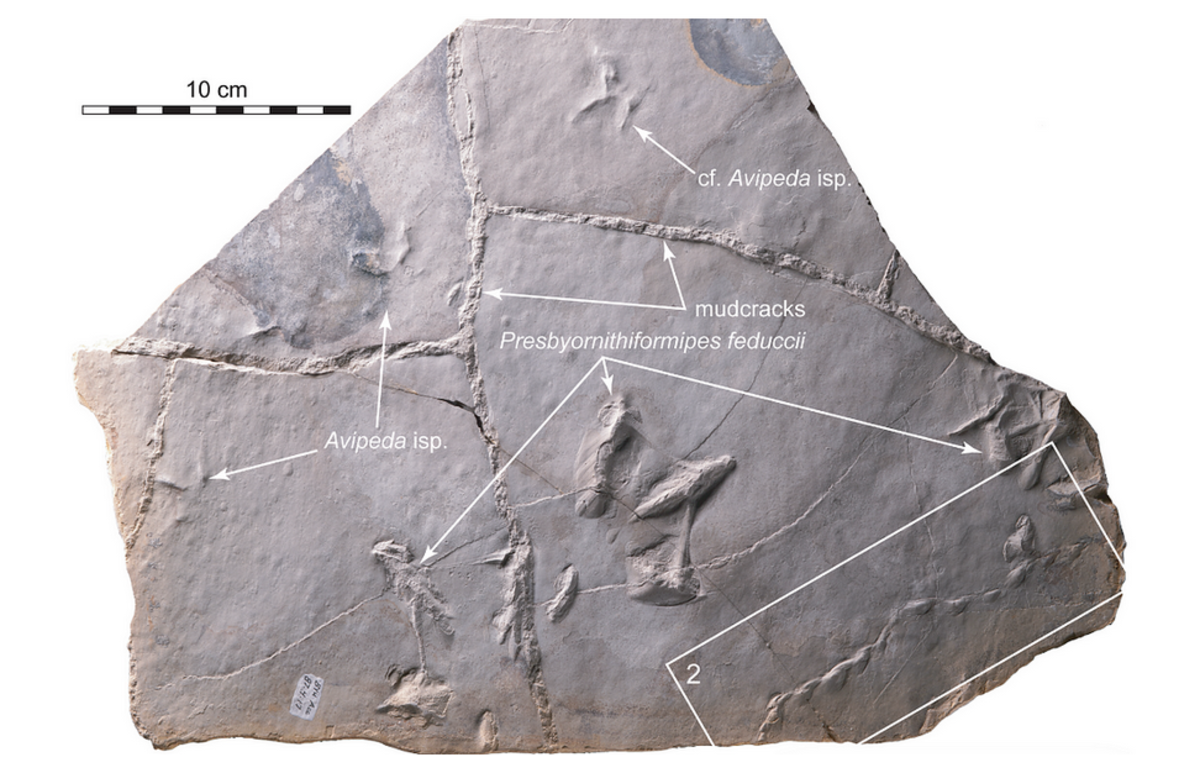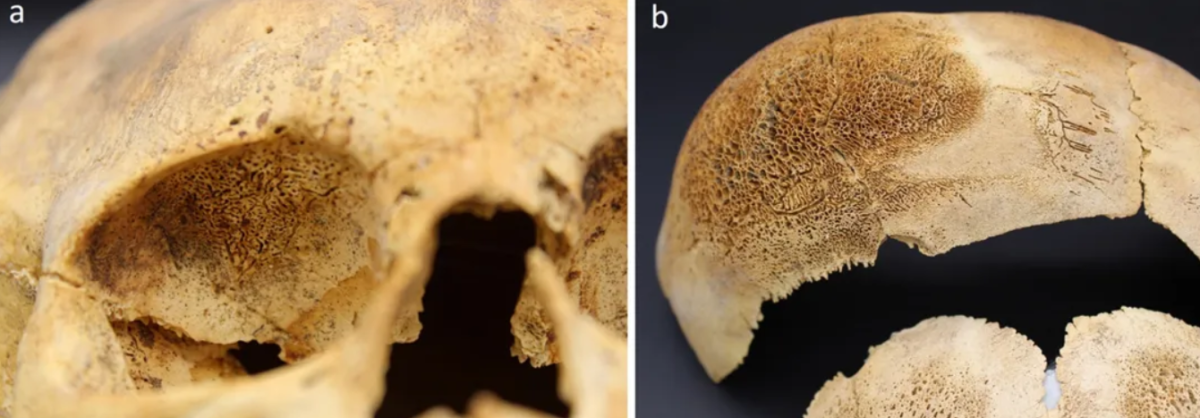 86
86- 0
Paleontologists Discover a New Species in Portuguese Jurassic Deposits
Palaeontologists in Portugal discovered a new species of small mammal. The creature, which died after being entrapped in mud, was unique for having an odd tooth replacement pattern, losing teeth from the back to the front, skipping one at a time. This tooth pattern is extinct in modern animals.
- 0
Bones of the Ancestors: Modified Human Remains in Prehistoric South Texas
Study reanalyzed modified human bones from prehistoric South Texas, revealing that bones were intentionally modified, and one was even shaped into a musical rasp.
- 0
Mercury: The Toxic Medical Treatment of Industrial France
Study finds 19th century French child skeleton with rickets & scurvy was treated with toxic mercury, shedding light on historical disease remedies.
- 0
New Study Reveals How Romans May Have Sacrificed Beloved Dogs in British Ritual Shafts
Ritual Shafts were used by the Romans in Britain for hundreds of years, but their function remains unknown. A recent study revealed that beloved pets may have been sacrificed here for fertility rituals
- 0
How One of the Largest Volcanic Eruptions May Have Shaped the Cultures of Epi and Tongoa
Over 500 years ago, one of the greatest volcanic eruptions in recorded history shook the island of Kuwae, splitting it into two parts. The southern population fled, changing their culture, language, and traditions. Meanwhile, a small fraction in the north survived, continuing their ancient culture.
- 0
New Study Describes Discovery and Identification of Rare Aardvark Trace Fossils
A recent study revealed the first ever confirmed trace fossils of aardvarks; these are traces such as burrows and footprints left behind by the solitary and rarely seen aardvark. It provides insights into the spread and behavior of these creatures thousands of years ago.
- 0
Sacrifice, Dismemberment and Ritual: New Study Reveals an Enigmatic Pre-Columbian Burial Discovered in Ecuador
In Ecuador, an enigmatic burial contains the remains of a woman. A recent study reveals she had died of a trauma to the head while in her third trimester of pregnancy before being dismembered and placed in a ritualistic burial.
- 0
How to Bird: 50 Million-Year-Old Fossil Traces Reveal Ancient Waterbird Feeding Strategies
A new study conducted by paleontologists has provided new insights into 50 million-year-old fossils. The fossils provide insights into feeding behaviors exhibited by an extinct bird species, long thought to have been filter feeders, similar to modern flamingoes.
- 0
Ancient Children’s Bones Reveal Harsh Realities of Prehistoric Peruvian Life
A recent study analyzed the remains of adults and children from a 500–400 BC cemetery in northern Peru. The researchers found that most children grew up in overcrowded and unsanitary conditions, leading to anemia, malnutrition, and general poor health.
- 0
New Study Reveals One of the Largest Assemblages of Iron Age Jewelry Made From Meteorites
A recent study has identified a number of Iron Age jewelry made from meteoritic iron. Interestingly, it seems, these artifacts were not likely seen as any more valuable than their terrestrial counterparts
- 0
76 Million Year Old Tooth Mark Found on Pterosaur Fossil
New research finds the tooth mark of an ancient crocodilian in a young pterosaur fossil. The study provides new insights into ancient food webs and the role pterosaurs played in shaping carnivorous diets.

